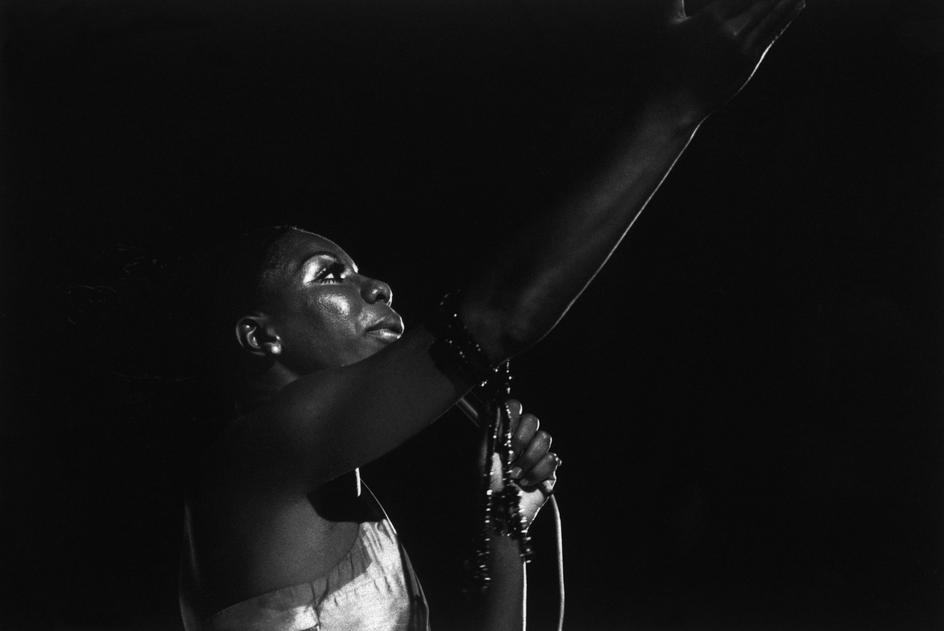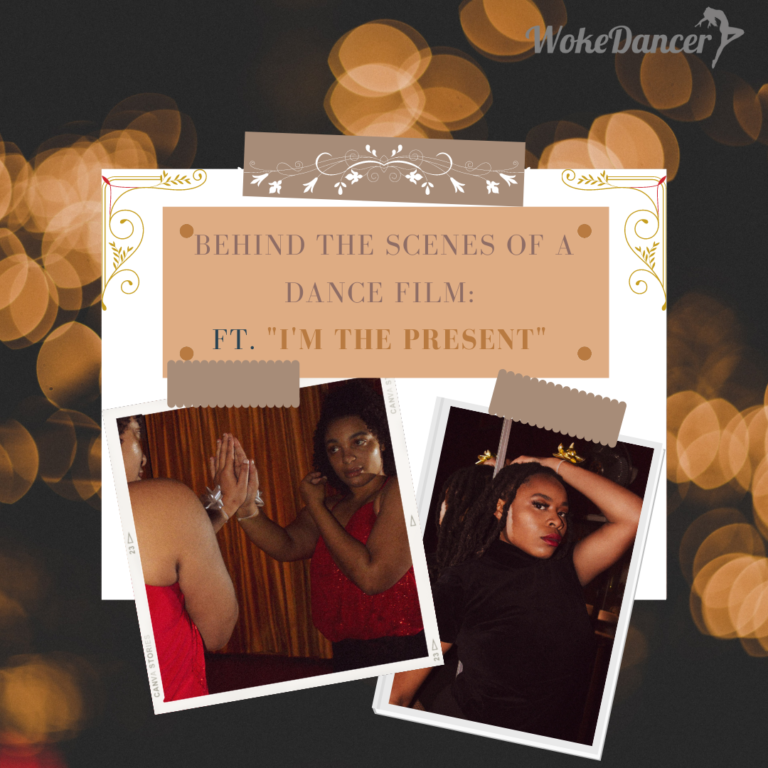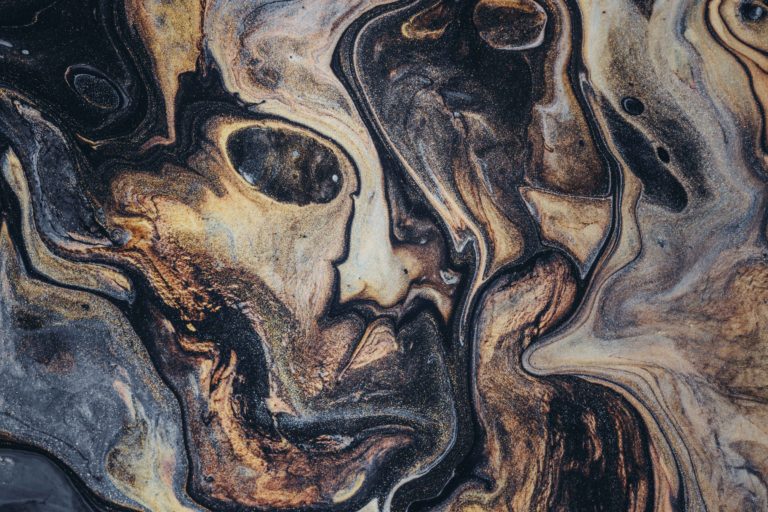
Nina Simone’s “Feeling Good”: An Artistic Map and Its Meaning
A reflection on “Feeling Good” by Nina Simone and its meaning through different artistic interpretations of the song & the sense of connectedness that was born because of it
Nina Simone was hypnotizing with how she spoke of the world, how she sang songs about tragedy, but her eyes glistened with hope. She had also a conviction to express Blackness, with its innate beauty, intellect, and ability to rise enveloping every aspect of her aura, her music and tunes. And together, intimacy was combined with collectivism, and was powerfully integrated into Black culture in the process. The meaning behind “Feeling Good” encompassed these parts of Nina Simone.
Many songs on her I Put a Spell on You (1965) album and preceding album became rallying cries of the very essence of how we see her today, from “Four Women” to her rendition of “Strange Fruit,” and the huge impact of “Mississippi Goddamn” on the Civil Rights Movement. But one song the media and masses at the time didn’t harp on as much was “Feeling Good.” Although popular both artistically further down the line of its release, its cultural significance has only recently been recognized over the last twenty years. It is a song that sat quietly and powerfully on this album for a very long time.
A feeling…
The time when she wrote this song was a time in which protests were peaking, rage ensued, and her words of fierce intensity curdled her marketability and chart ability, but also led her to having a more profound impact on the Civil Rights Movement. She was also beginning to enter into her peak in the European market during this time. Success was the theme of this decade for her, but “outer success can’t defeat inner turmoil.” Something clearly demonstrated in her songs that gave us insight into her mind, as well as her interviews talking of the times she couldn’t ignore, of feelings that felt impossible to change [the feelings of lacking freedom, even in a time when politically it was finally being granted].
It’s no wonder that a song like “Feeling Good” could come out during her time of fierce examinations of the structure and lifestyle many Black Americans were relegated to. During her interviews around this decade, she talked about a concept of “feeling free,” something as an artist we come in contact with all too often. Dipping into the waters of fantasy and back into reality for reflection. Feeling is often a neglected aspect of the concept of freedom however; it’s a physical thing, then a financial and mental one. It’s a hierarchy, and emotions are at the bottom. But there is a difference between knowing you are free, and feeling free.
Well, “Feeling Good” encompasses this essence with its upbeat piano keys and lyrics that mimic the warm breeze of a spring day. Its themes reflecting the continuous pulse of life that nature gives us, drumming on with the birds and butterflies beautifully in flight every night. And every day we wake up, and it’s a new day – for something new, something greater. “Freedom is mine,” she said at the end of the song, and it is there we understand that this feeling – of floating, being, beating to this rhythm of forever – is as close to describing really what freedom could feel like, maybe what it should feel like.
Because there’s something far greater that clicks when life becomes less of the physical woes and starts from this internal place, especially inside of a Black body. Nina Simone’s “Feeling Good” is the first start of this conversation through artistry, that theme that freedom can only be complete once it is truly felt, deeply within.
Art is expansion – A note to remember
Inspiration leads to certain songs, movies, dances, books to become something new entirely, stretching the universal story to new heights (hopefully) each time. Each cover of “Feeling Good,” every movie that used it, and every dance choreographed to it sought to add new layers to the original story. Whether or not I believe they did is irrelevant, but art is that story that stretches beyond lifetimes. What is freedom? is the question of this song, and is it possible to have a chance every day to obtain it? To finally feel it.
With these reflections, there is another question: how did “Feeling Good” touch lives – both personally and culturally in present times?
Infusing Maturity and Womanhood Into the Dance: Nina Simone’s Influence and Meaning
“Feeling Good” by Nina Simone has a very prominent role in my artistry, and creating choreography to it so young was a turning point into maturation. Nina Simone was a critical bridge for me, from a simple girl to a beautifully complicated woman, with layers that showed me the treasures of my dark side. Many young women can relate to her crying songs of complex topics we didn’t always understand, but in which life would not wait to show. But that was only the beginning.
“Don’t Let Me Be Misunderstood” and “The Other Woman” were also some of the most emotionally fueling songs during a time where someone else made me feel unworthy for being an almost woman – being feminine: soft, unapologetically emotional when the mood hit, sweet and tender. All the things that the world breaks, the things that jeopardize survival. A piece of my freedom had left me at that point, and dancing to this song gave it back. Because there was a time when I feared being myself.
And when I heard Nina Simone’s version of “Feeling Good”, I felt some type of courage. It was like I was hearing this treasured song for the first time all over again, seeing it as a dancer on the cusp of womanhood, and not just as a little girl anymore. So when I danced to it, I danced to express my freedom that I needed, and that literally feeling good was my birthright. As a Black woman, as a woman, as a human, everything inside of me, including my feelings, were mine wholly. And in that art was the concept of woman: the energy, the femininity, the feelings, the internal that is so private and personal, and this song showed neglected parts of my Black woman body and soul. That I needed these things to breathe. Freedom and flow intertwined its way into the choreography, becoming process-oriented over result-oriented.
The Creative Process
I started this choreography to “Feeling Good” because I felt “something” in the music. So I listened to the song over and over. Until the goosebumps went away, and dance moves took their place. I was a jazz saxophonist at the time, so the flow of jazz as well as some sharp movements really resonated in my style of choreography, feeling like the two art forms were bleeding into each other.
Since I had been less focused on purely technique, I went the intuitive route of creation. I just wanted to express and have a creation that meant something to me, not just pretty moves.
So I built upon what my gorgeous high school dance teacher had taught me and was inspired by her, her choreography rich and beautifully Black, but also intimate. My love of dance was born on the stage. From the very first piece I created in the Beginning Dance class to that point of my first performance with this song, I felt seen, like I was finally living.
I didn’t have this particular “idea” initially for this piece, no concept involved. I think that was the budding of how I would work as an artist in the future: going off of impulse, feelings, and waves of inspiration and using technique and additional ideas to build upon that. Freedom.
And the way the moves became a sort of freestyle for everyone involved was the most magic about it. The choreography – or rather the fluidity of it – gave more of an emphasis on themes over technique. Sometimes for the artist, having those moments of artistic choice can be rare. And “Feeling Good” and its deeper meanings were the catalyst.
I haven’t been that completely vulnerable as an artist publicly in a long time, but the euphoria I experienced then was like no other. Feeling like I had complete reign over my body, something I believe only dance could’ve expressed. Because when you choose to let your body move, you own it. Every aspect of it.
The end of the creative process was continuous reflection. Something I choreographed at coming-of-age is now something I look back on fondly, on that level of passion and artistic expression I had even when I had just begun. I had felt something doing it, and felt something watching it as an adult; I hoped that the audience felt what I felt. That is the struggle of the artist, though, being a critic of the times and also an expression of self, and once evolved, expression of everything.
“Feeling Good” inspired this transformation of self, from girl to woman, beyond the physical and into the emotional.
Chlöe’s Touch of Modernism on the Classic and its Significance
Juneteenth became a federal holiday in 2021, but has been practiced for almost two centuries. This matters because Chlöe had a very controversial performance on this day, stirring up the Black community and the idea of what our freedom should and shouldn’t look like.
There was a time when Black women were demonized and ridiculed for “being too sexual.” It was through propaganda, tropes, and stereotypes of Black women during slavery that solidified this narrative over the last few centuries. They were the “jezebel,” so now in present day when Black women are sexual in the media or culturally – especially through African American dance styles like twerking – there is a certain uncomfortability amongst Black people, and there is this idea that we are perpetuating stereotypes.
Art is not to be defined by politics or respectability, although it may reflect it, but only for reflection. You have to let the art breathe. To hear a more modern, futuristic interpretation of “Feeling Good” by a Black woman, and have her flip a classic on its head was incredible. It was bold, hard-hitting with a ton of bass and vocal agility, not even limited in vocal range. Everything in this version musically and dancing shows us the carefree, the unapologetic, the exciting parts of life. Black woman joy, in its full form.
It is really unfortunate the controversy overshadowed this song, but Chlöe’s version and performance especially really does emphasize a different type of freedom: sexual freedom. Something Black women through generations of Black families saying Black girls were “too fast” or “actin’ grown” were not afforded. And in that vein, became the villain when anything sexual was involved. Her sensuality was never the issue, and Chlöe’s interpretation was a fair one, one that was both personal and collective, like Nina Simone’s work.
It should be noted that many reporters consistently commented on Nina Simone’s fashion and body as well, most notably about her “tight, black pants” in the Philadelphia Tribune in 1966 [Princess Noire: The Tumultuous Reign of Nina Simone], and further in fashion magazines when she began to dress “sexy” [the 60s version of sexy that is] herself. When does this end? As good as her music was, they were still picking apart a woman’s body and how they express it for no other reason than to make them that and that alone.
As good as Chlöe’s artistry was, her slim thick, free-spirited, sensual body became the topic of discussion, not the song. Sexuality was “beneath her and her talent,” as if sex was ever meant to be demeaning. Outside of other people’s unexamined desires and impulses for said body, sex can be empowering for some people. Only on a Black woman’s body it seems this becomes controversy, however, and on a day of freedom no less our community spoke like this, demonizing this young woman for living in her own birthright.
This is what art is supposed to be: an interpretation. She added another piece into this puzzle that was never in the realm of discussion of “Feeling Good” during the Civil Rights Movement, and surely couldn’t be with other issues at the time. It’s a hierarchy, remember? But now it’s time to prioritize our own pleasure as Black women, women. To not let Nina Simone’s chants and cries be in vain. We evolve, and Chlöe’s interpretation shows our evolution: that overt sexuality can be a choice for Black women, not a necessary sacrifice as it once was.
Whether or not people see it that way seems less important when Chlöe is placed next to the free-spirited Nina Simone who was often demonized for similar acts of free-spirited impulses. Chlöe’s choice was powerful in its own right, and its significance and connection to Juneteenth may very well find its way into history.
I think the most important question the Black community must ask themselves is why the expression of sexual freedom – in art and otherwise – often gets demonized before analyzed. Let’s start there, and enjoy the expression without the judgement. Art is for empathy; we must listen. When you criticize art, you are really only criticizing yourself, so it’s imperative to open the mind before one’s mouth.
Sexuality is in fact a modern dilemma in terms of global priorities throughout Black American history, because now in these moments, we have time to comment on these things to this extent. Freedom in sexuality and sensuality is still a concept Black women in America are still grappling with today.
The Final Connection
Art can be the medium to channeling different complicated feelings, reflecting the times, and so much more. This song inspired others – society and other artists – to continue chants of freedom long after their predecessor was gone. It became more than a song, it became art that became a piece of history, whether personally or collectively. And through every interpretation, it connected many lines of Black women with the massive theme of freedom, and what that meant throughout different generations and lives.
Last questions to take with you
Could this song be affecting people deeper than just surface-level? Could it be having soul shifts in people’s bodies, the way frequencies can change how we feel? For feelings are deep, internal, and unseen. Maybe the music was a way of converting these talks of freedom into something that everyone could enjoy. And when we interpret it in our own way, we join this collective song, and are connected forever because of it. We’re not so different. And maybe this was the only form of freedom Nina could grasp – the music – and now, so can all of us, whether through dance or a re-imagination through cover and performance. That freedom is our own, and this art through generations expresses just that.



